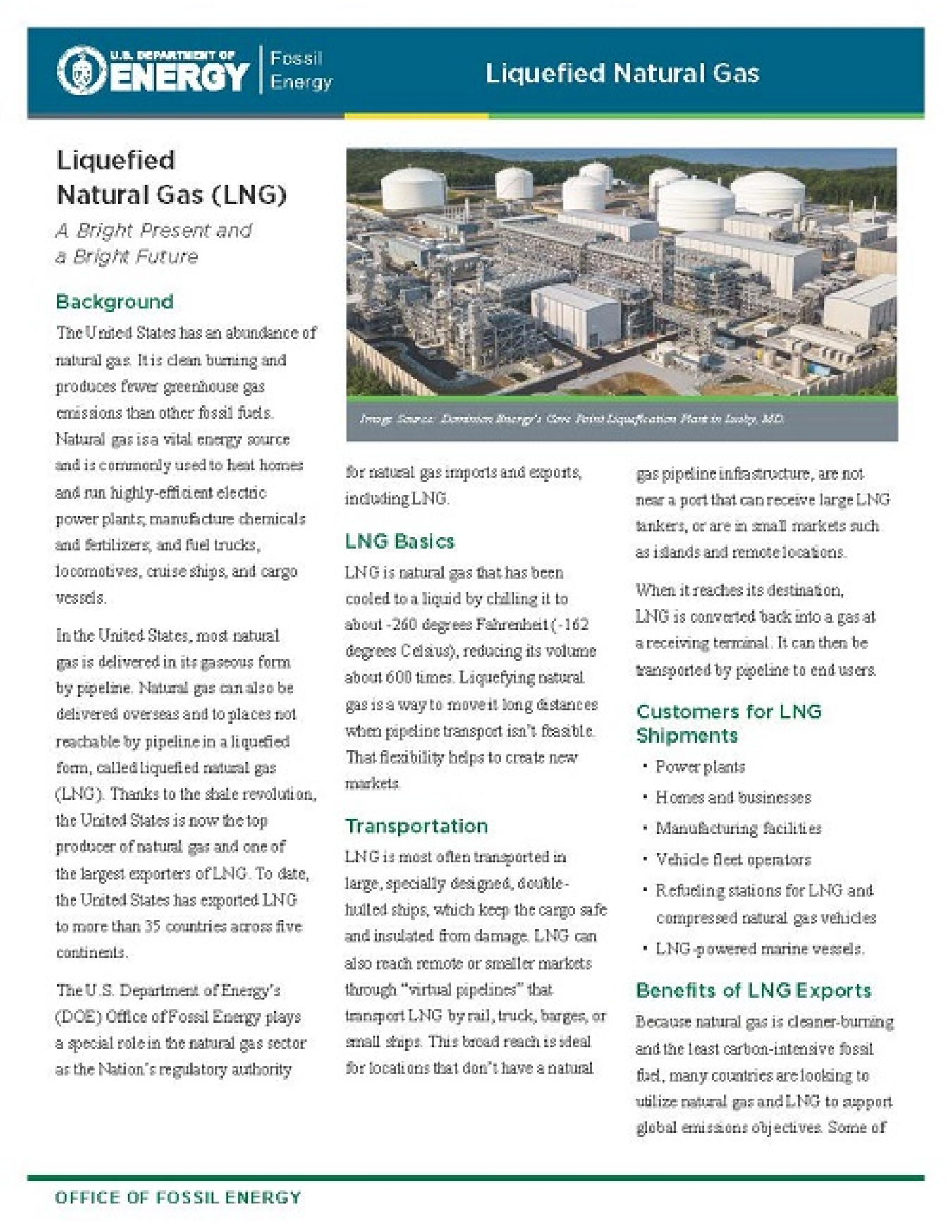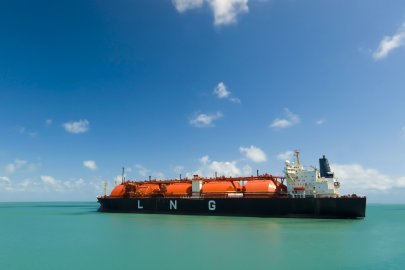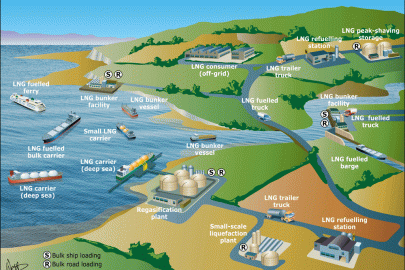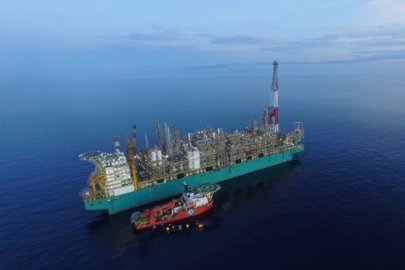
Cameron LNG plant in Louisiana (large scale facility) at night, Courtesy of Cameron LNG
The United States (U.S.) has an abundance of natural gas, a vital energy source for the U.S. and the world. Natural gas has lower emissions of greenhouse gases and other air pollutants than other fossil fuels. It is commonly used to heat homes and businesses, run highly-efficient electric power plants, manufacture chemicals and fertilizers, and fuel trucks, locomotives, cruise ships, and cargo vessels. The U.S. has been the world’s largest producer of natural gas since 2011 as technological advances ushered in the shale revolution.
While natural gas is commonly transported in its gaseous form via pipeline, it can also be moved long distances over the ocean as liquefied natural gas, or LNG. Since large-scale LNG exports began from the continental United States in 2016, the United States has exported LNG to over three dozen countries on 5 continents. Since 2019, the U.S. has been one of the top three global exporters of LNG.
The U.S. Department of Energy’s (DOE) Office of Fossil Energy (FE) plays an important role in the natural gas sector via its regulatory authority under the Natural Gas Act for natural gas imports and exports, including LNG.






